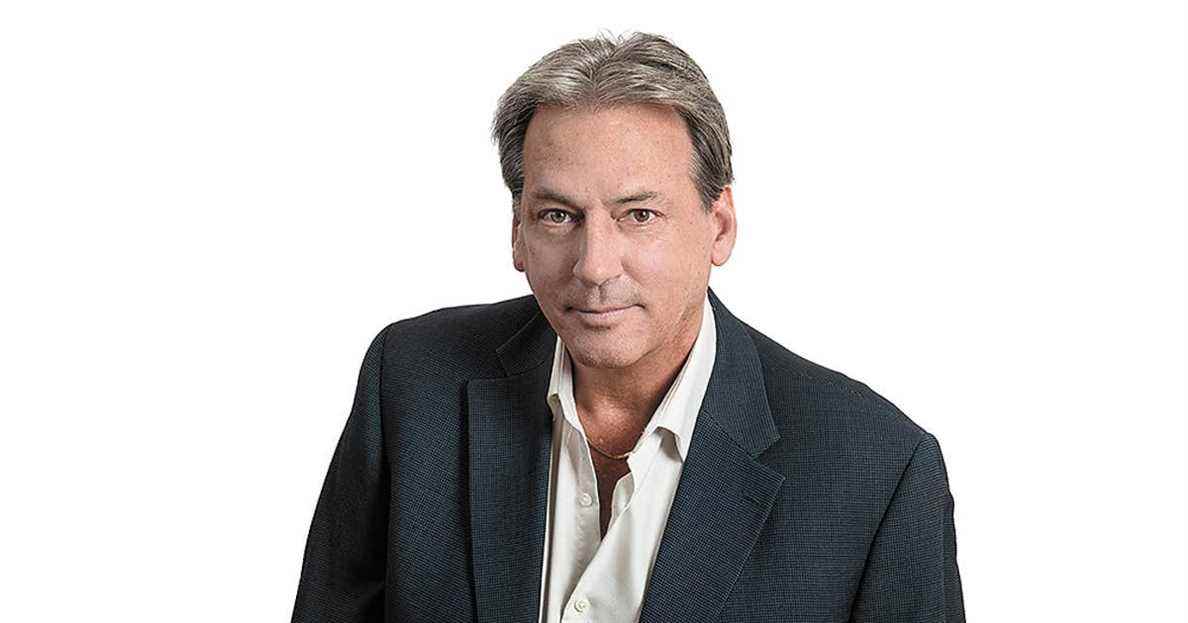Watching labor market developments out of the corner of their eye, the Bank of Canada is now placing more emphasis in its message on inflation. It also continues to prepare the ground for an ever-accelerated hike in its key rate.
Inflation worries the Bank of Canada. Moreover, Governor Tiff Macklem’s opening statement before Wednesday’s press conference no longer contained the reference to transitional factors. At most, the central bank still says it expects “a gradual fall in inflation, [laquelle] is expected to remain higher for longer than we expected in July ”.
It is pointed out that new complications keep cropping up and that the main forces pushing up prices, soaring energy prices and bottlenecks restricting supply, “now appear to be more powerful and persistent than” we thought so ”. This is the case with excess capacities. “It is assumed that there is probably less excess supply in the economy than we expected. “
The Bank of Canada is therefore allowing its concerns to shift. In employment, it highlights the strong job creation in recent months at the pace of the elimination of containment measures, although the recovery remains slower among low-paid jobs. As for the labor shortage, the governor noted a mismatch between the unemployed and the positions to be filled. However, there is still excess capacity in the labor market, he says. In addition, “many people do not work as many hours as they would like, and the large number of people unemployed for more than six months remains a concern.” But even though the unemployment rate is still much higher than before the pandemic, the number of vacancies has skyrocketed, “which is unusual”.
Tiff Macklem, however, reflects on these persistent disruptions in supply, the associated pressures influencing costs and the surge in energy price fever. “We know that price increases are not easy for Canadians, who have a harder time paying their bills. I want to assure you that inflation will not stay as high as it is today, although it will take a little longer for it to come down. The Bank of Canada is committed to ensuring that price increases do not ultimately have a lasting influence on inflation, ”he promises.
For now, medium- and long-term inflationary expectations remain firmly anchored at the 2% target. Overall wage pressures also remain subdued, with many analysts associating upward pressure on wages fueled by sector shortages with a market effect. While “de-anchoring” and a wage-price spiral is not the dominant scenario, the governor is however careful to stress that “as the effects of these forces are felt, it is our responsibility to bring inflation down. on target, and I can assure you that is what we will do ”.
Already, the end of the quantitative easing program decreed on Wednesday is not without fueling upward pressure on longer-term interest rates. The Bank of Canada is also sending out the message of an earlier hike in its key rate. The economy should not absorb its excess capacity before 2023, she said at the beginning of the year, and then evoke the second half of 2022. According to the current projection, this would occur in the second or third quarter of 2022, i.e. earlier than expected in July. Possibly from April, think the economists of the National Bank.
